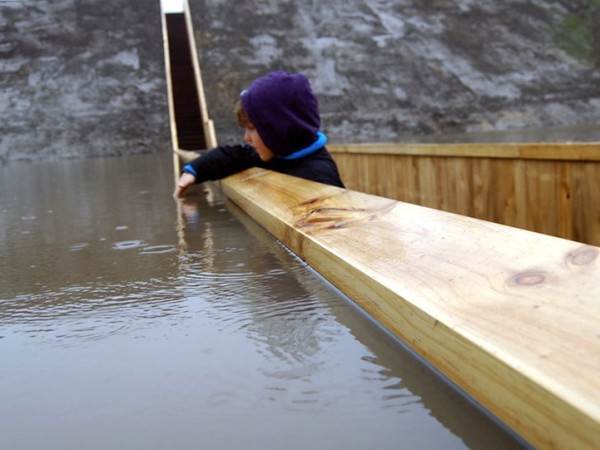
A series of moats and fortresses were built over the West Brabant Water Line region of the Netherlands during the 17th century in order to provide protection from invasion by France and Spain. Fort de Roovere was surrounded with a shallow moat that was too deep to march across, and too shallow for boats. In turn the earthen fort had remained protected -until now.
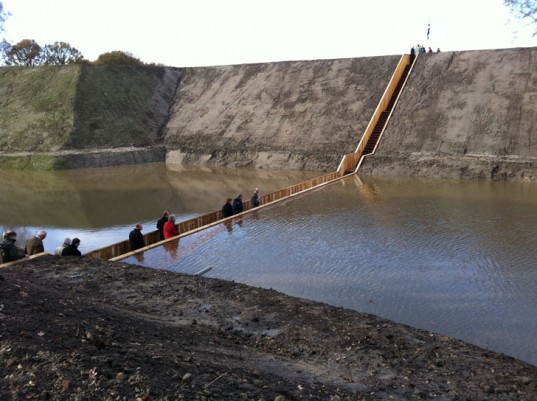
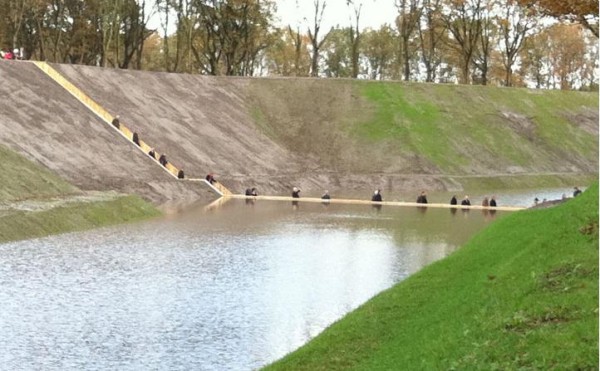
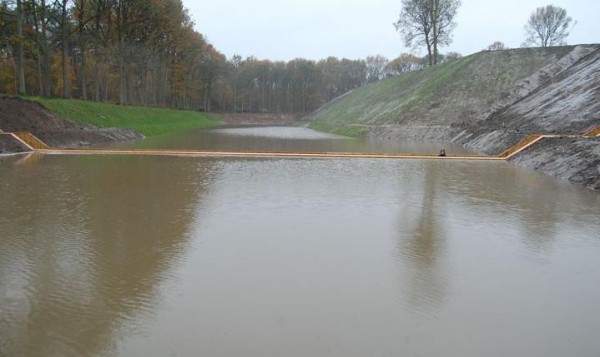
As part of a recent restoration program, Fort de Roovere, the largest fort on the line required the addition of an access bridge. The fort is surrounded by a moat and was originally built without a bridge so it was a challenge to create one that would be discreet. RO&AD architects’ solution was to build a ‘sunken’ bridge. From afar, the Moses Bridge is invisible to the eye. The flow of the moat appears continuous, as the water level remains at the same level, reflecting the surrounding foliage. As visitors approach the fort, the bridge appears as a break in the water with its sloping walls containing it.
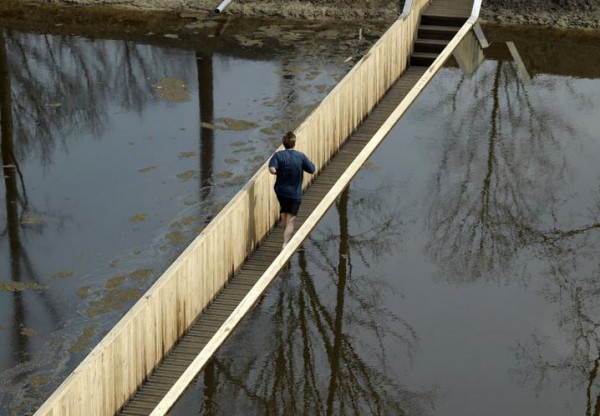
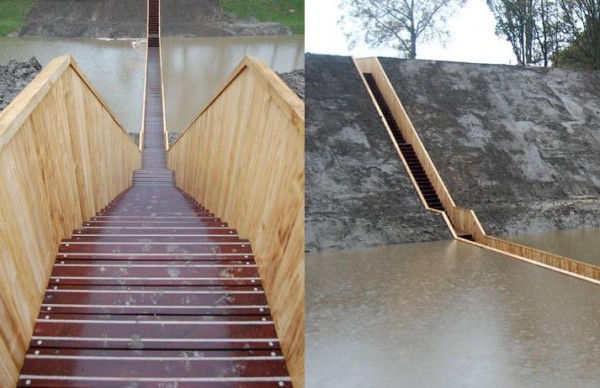
The bridge is built from Accoya wood sheet piling on either side, with a hardwood deck/stairs in between. Accoya wood’s durability and guaranteed performance in-ground and in freshwater made this possible.
I just wonder what happens to all the rain.
Have an infinitely modern day!
http://blog.2modern.com 








0 reviews:
Post a Comment